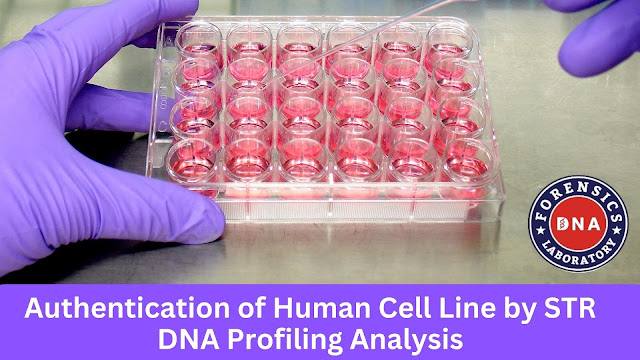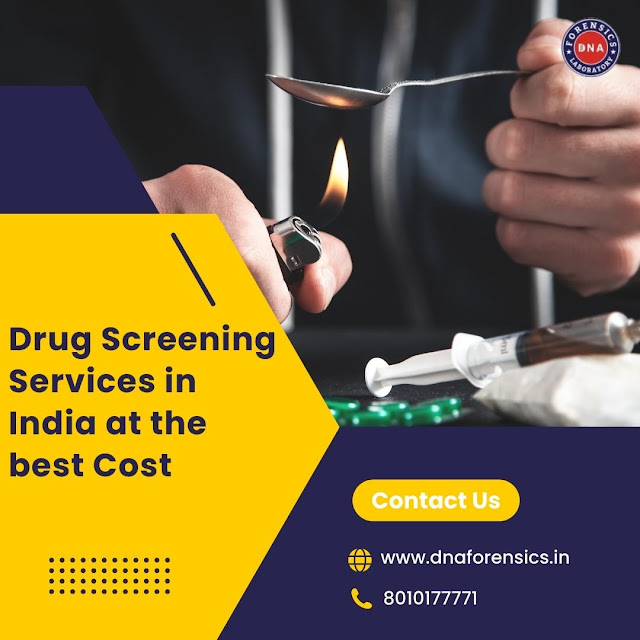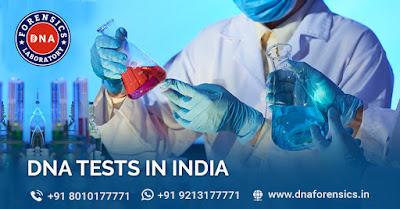Authentication of Human Cell Line by STR DNA Profiling Analysis
Over the past 60 years, there has been a progressive increase in the use of cells as models, substrates, and tools for basic research and industrial applications. The rapid growth in areas like cell biology, genomics, and proteomics has triggered a remarkable increase in cell culture activities, consequently increasing the potential risk of cell line contamination, misidentification, and genetic drift. This ultimately leads research results to false interpretations, correlations, and conclusions. To avoid such risks, a simple molecular technique, Short Tandem Repeat (STR) DNA profiling for human cell line authentication test, is available. If applied routinely in cell culture management can significantly improve the detection of cellular cross-contamination resulting in more accurate assays.
Discovery of HeLa Cell Line
In 1951, Henrietta Lacks' cervical cancer biopsy led to the discovery of the immortal HeLa cell line. An immortal human cell line refers to a cluster of cells that continue to multiply independently outside the body in a lab setting. The lifespan of a cell line can either be infinite or finite. HeLa cells were crucial to the development of the first polio vaccine and the discovery of telomerase in human cells. Later, numerous other cell lines were formulated from different tissue sources.
Assay Concept - STR Profiling for Human Cell Line Authentication DNA Test in India
STR analyses are performed in laboratories that have the capabilities to execute molecular techniques. It is an easy, low cost and reliable method for the authentication of human cell lines.
When a cell line is first received into the laboratory, it is essential to capture as much information as possible on its history, growth, and functional characteristics. This information is vital for tracking the behavior of the cells during culturing and characterization.
Such information may include:
- Name of cell line
- Name of the donor's cell line
- Name of the originator of cell line
- Cell line establishment date
- A reference describing the establishment of cell line
- Tissue of origin
- Species
- Population doubling levels
- Unique characteristics and function
- Complete growth medium
- Doubling time
STR Profiling of Human Cell Lines - Methodology
One can give the sample either in the form of a cell pellet or extracted DNA.
Extracted DNA-
- Samples should be collected in 1.5-2.0 ml microcentrifuge tubes with proper labeling.
- Extract and purify the DNA by one's convenient method, finally eluting it in Low TE or Nucleolus Free Water. Concentration should be 10-100ng*/µl. For DNA quantification, a qubit fluorometer is preferred over a nanodrop spectrophotometer, and each tube should have a volume of 10-20 µl.
- Seal the tubes properly with paraffin.
- At -20°C, freeze the tubes.
Cell pellet-
- The sample should be collected in 1.5-2.0 ml microcentrifuge tubes with proper labeling.
- Protocol for attached cells - Trypsinize the cell culture and then centrifuge it with 125 x g. Discard the supernatant and resuspend the pellets into PBS* to make the concentration 1.6 x 106 cells/ml. Confirm the final concentration by cell counting. If it's more diluted, repeat the process with a low volume of PBS.
- Protocol for suspension cells - Collect and count the cells for the optimum concentration of 1.0 x 106 cells/ml. Then, dilute it with PBS if it is highly concentrated. For optimum concentration, centrifuge and resuspend cells in PBS.
*PBS (Phosphate Buffered Saline) - It is a non-toxic solution. Unlike water, PBS prevents cells from rupturing or shriveling due to osmosis.
Detection Method
In the PCR reaction, fluorescent primers recognize different loci. When the PCR is complete, the internal standards for size can be added to the mixture, and the DNA can be separated by size using capillary gel electrophoresis.
Size analysis is then completed using the GeneMapper ID-X (GMIDX) software, which compares the size of different DNA fragments with internal standards. Then, the short tandem repeat (STR) genotyping is done by converting the amplicon sizes into alleles using the allelic ladder.
DNA Forensics Laboratory - For Cell Line Authentication Tests
DNA Forensics Laboratory Pvt. Ltd. is among the top companies for an accurate & reliable cell line authentication test in India. They offer complete human and mouse cell line authentication services using STRs profiling. This enhances abilities to detect misidentifications, genetic drifts, and cross-contaminations of cell lines.
They work with renowned research institutes, pharmaceutical companies, & biotechnology companies. Furthermore, they are the only company in India that offers legal DNA test reports. With local/ regional collection centers across India & abroad, one can visit their nearest collection center to give the DNA samples. For further queries, reach for their website to learn more about the cell line authentication DNA tests in India.




Comments
Post a Comment